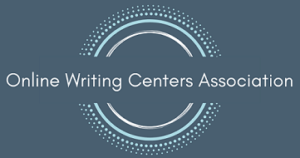First Paragraph
In March 2019, compositionists met in Pittsburgh for the annual Conference on College Composition and Communication. In his Chair’s Address that year titled, “How Do We Language So People Stop Killing Each Other, or, What Do We Do about White Language Supremacy?” Asao B. Inoue addressed the “steel cage of [w]hite supremacy” that determines what happens in classrooms, connecting metaphorical bars to the metal and concrete cells that claim the lives of many BIPOC1 (353). By upholding white supremacist values disguised as the elevation of Standard Written English (SWE) and promoting grading practices based on SWE-only bias, he argued, we contribute to white language supremacy in the teaching of writing, rhetoric, communication, even English itself. So long as we continue to accept these biases, “We ain’t just internally colonized, we’re internally jailed,” even and perhaps especially when we aim to disrupt or subvert racist norms (353). We are teaching students that the only way to succeed or be somebody is to adopt and internalize these often-implicit disciplinary mechanisms, with “disciplinary” here referring to the academic subject, bodily regulation, and the deleterious manner in which the former results in the latter.
Citation Information
Type of Publication: Review
Author: Christina V. Cedillo
Year of Publication: 2020
Title: “(Inter-)Cultural Literacies: Towards Inclusive Writing Pedagogies and Practices“
Journal: Comp Studies 48(3)
Page Range: 132-139
